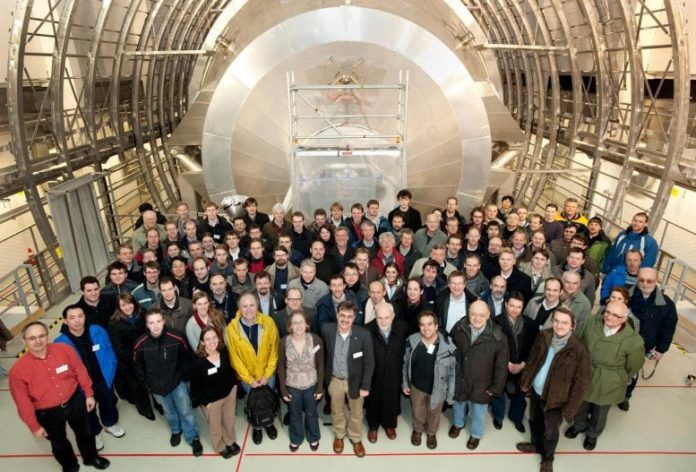Measuring the mass of Neutrinos is so hard that only the upper limit of their mass has ever been predicted. Recent news coming in from Germany indicates that one of the most accurate predictions of Neutrino’s mass has been made.
Earlier this month, the Karlsruhe Tritium Neutrino (KATRIN) experiment determined the mass of a Neutrino to be 1.1 eV. This measurement is almost a two-fold improvement over the last analysis of 2 eV. Guido Drexlin, co-spokesperson for the KATRIN collaboration, presented the results of the experiment on September 13th at a conference in Toyoma, Japan.

This breakthrough comes as a booster for the bid to make viable Neutrino-voltaic cells worldwide. Neutrino-voltaic cells are small devices capable of producing electricity from Neutrinos, much like how Photo-voltaic cells generate electricity from photons. The commercialization of Neutrino-voltaic cells could prove to be one of the greatest achievements of modern science; as it could bring down the overall energy requirements worldwide and make electricity easily accessible to everyone.
Neutrinos are the lightest of all subatomic particles. They are so light that they can pass through matter un-detected. This makes anything to do with Neutrinos extremely hard. Scientists predict that almost 100 trillion Neutrinos pass through your body every second.

KATRIN collected the data over sometime in April and May. KATRIN measures the mass of a neutrino by observing the decay of a heavy Hydrogen isotope called Tritium. When a Tritium atom decays, one of its Neutrons turns into a Proton and emits an Electron and a Neutrino. As we cannot measure the mass of a Neutrino directly, we estimate the range of the energy of the Electron that was shot from the decaying Proton.
From Einstein’s theory of Relativity, we know that if something has mass, it must have some energy, and if something has energy, it must have some mass. Using Einstein’s famous equation E = M*C2, we can calculate the mass of a Neutrino.
This discovery holds great promise for humans as a species and it might just be one of the greatest scientific quests of our time.
Further Reading: http://wordpress-695532-2297746.cloudwaysapps.com/evolution-man-defy-laws-of-nature/ http://wordpress-695532-2297746.cloudwaysapps.com/brain-organ-chips-help-study-effects-of-drug-and-disease/


